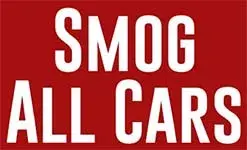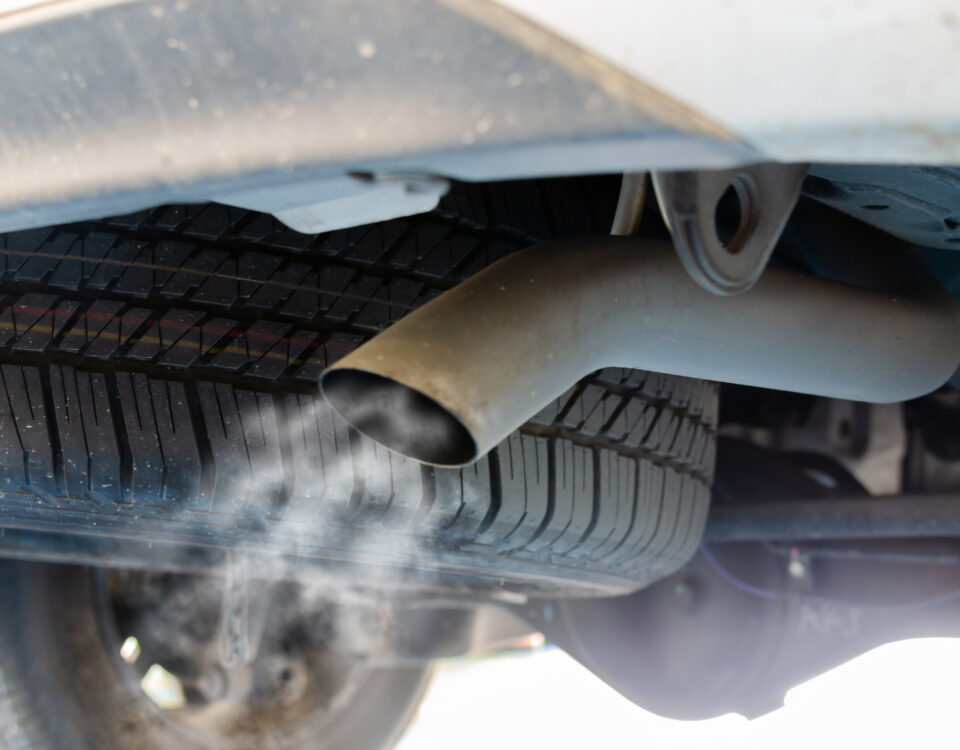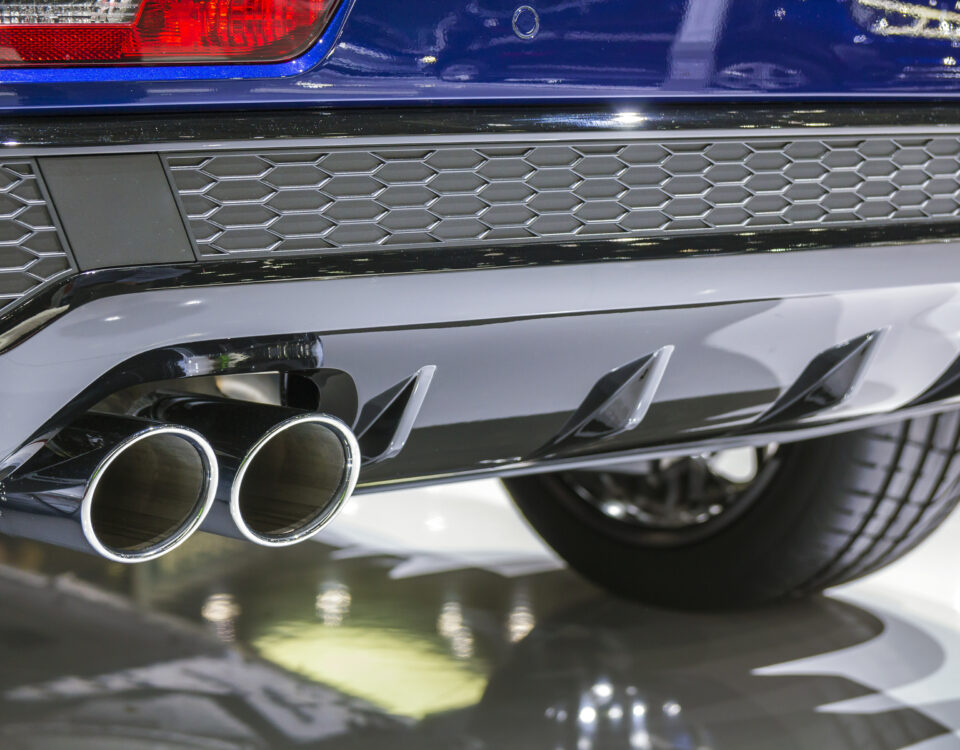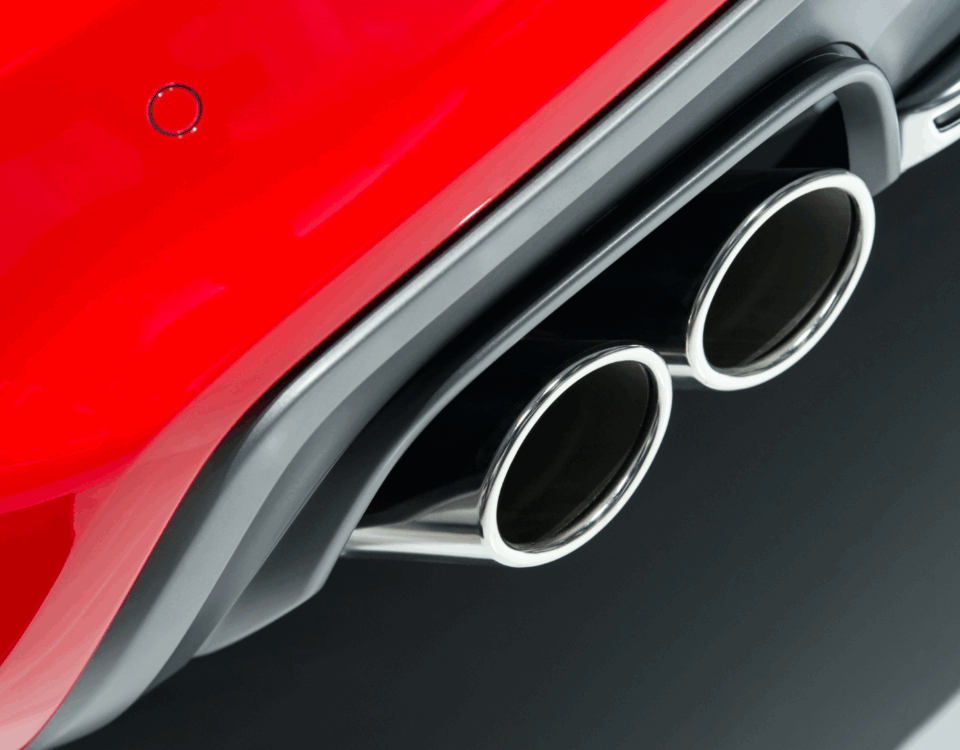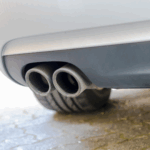
Why Do Cars Fail a Smog Check? Top Reasons Explained
May 12, 2025
How to Identify Common Issues Leading to Smog Check Failures
May 12, 2025What a Smog Check Involves
A smog check evaluates your vehicle’s emissions system for compliance with environmental regulations. The inspection may include tailpipe tests, onboard diagnostics, and visual checks. Understanding the process helps drivers know what components need attention to avoid a failed smog check.
Rich Fuel Mixture
When a vehicle burns too much fuel compared to air, it creates a rich fuel mixture. This condition often results in elevated carbon monoxide emissions. A rich fuel mixture is a leading reason cars fail a smog check and is usually caused by malfunctioning sensors or fuel injectors.
Incomplete Drive Cycle
If the car’s computer hasn’t completed a full drive cycle, the system may not have accurate emissions data. This typically happens when codes are recently cleared or the car hasn’t been driven enough. Completing a full drive cycle before a smog check can prevent unnecessary failure.
Damaged Air Injection System
The air injection system helps reduce emissions by introducing fresh air into the exhaust. If this system is broken, emissions may rise above acceptable limits. A damaged air injection system is often missed until a smog check reveals the problem, making early inspections valuable.
Routine Checks to Pass the Smog Check
Performing routine maintenance, such as replacing filters and fluids, can prepare your vehicle for a successful smog check. Checking for leaks and addressing any warning lights can also prevent failures. Proper preparation is key to passing your next smog check on the first try.
Read More:
How to Identify Common Issues Leading to Smog Check Failures
